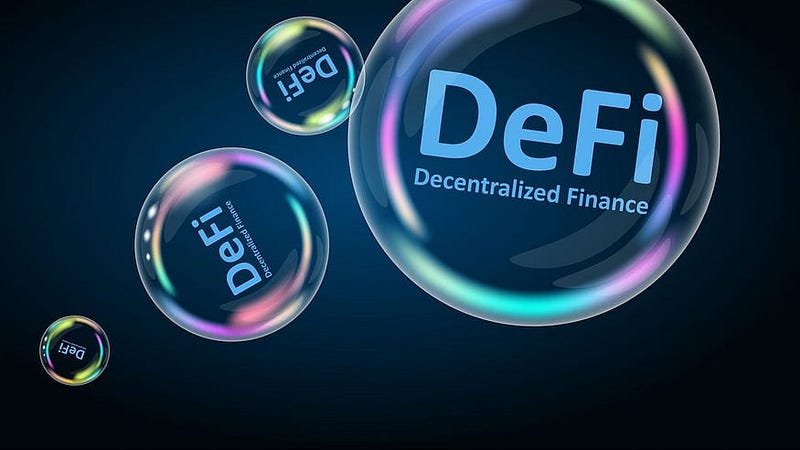The ecosystem of decentralized finance is (DeFi) based on blockchain which, among other things, implies public and irreversible…
The ecosystem of decentralized finance is (DeFi) based on blockchain which, among other things, implies public and irreversible transactions. It is on this basis that decentralized protocols and applications are built that offer endless possibilities to users.
In this article we will see what protocols and decentralized applications (dapps) are and offer a classification of these.

If you’ve ever immersed yourself in the DeFi ecosystem you’ve probably heard about protocols and dapps as if they were one and the same. It is usually implied that they are companies built on the blockchain that offer different financial services. However, this is not quite the case.
Definition
A protocol is a set of code, rules and functionalities while a dapp is an interface that allows users to interact with a protocol.
To understand this definition we will use the example of Uniswap, a decentralized platform for the exchange of cryptocurrencies and digital assets:
Uniswap’s protocol is formed by the Smart contracts that form its code, which can be seen here and by the different rules and functionalities mentioned in its whitepaper. This is the basis of Uniswap as a whole.
The Uniswap dapp is the way to visualize and make the protocol accessible to people. It is the platform interface in which you see options such as deposit or withdraw that are connected to the protocol functions. Without the dapp, the user would have to interact directly with the code, which would be very difficult if the user is not an expert.
Therefore, the platforms that give life to the DeFi ecosystem are made up of protocols and dapps.
Types
There are many types of platforms in DeFi and they all offer a certain financial service, however, there are three types of platforms that are the main ones in the ecosystem because they provide the services most demanded by users:
Decentralized exchange platforms: they allow users to exchange cryptocurrencies directly with each other without the need for intermediaries. This is the most basic service of these platforms, but they also offer others such as the possibility of trading derivatives such as futures, access to leverage when trading and the possibility of investing two or more assets in a liquidity pool to obtain returns. Examples include Uniswap, SushiSwap and PancakeSwap.
Platforms for lending and borrowing cryptoassets: they offer a secure place where individuals and companies can lend their cryptocurrencies in exchange for interest or borrow using the assets they hold in portfolio as collateral. The most famous in the ecosystem are Aave, Compound.
Apart from these services, these types of platforms also offer the possibility of staking, which consists of the user being able to deposit tokens issued by the platform to receive rewards in exchange such as discounts when borrowing or to acquire certain voting power over decisions made on the platform.
Yield aggregators: These platforms offer the possibility of providing liquidity on different platforms such as the two types just explained in order to obtain a yield. In this way, on a single platform the user has access to the products of several platforms.
We can also find variants of this type of services, such as some platforms that make available to the user a wide variety of strategies that combine investment in different pools of liquidity or in exchanges of many platforms seeking to maximize returns. Examples of performance aggregators are Curve Finance and Yearn Finance.
We are also a yield aggregator, to give you an idea, what we do is to unify our strategy in an algorithm, so that the user only has to deposit their funds in one place and we also apply a hedge to the assets to ensure that the risk to which clients are exposed is very low.
In conclusion, protocols and dapps are the components of the platforms that offer financial services in DeFi. The main services offered by these platforms are exchanging with other users and buying cryptoassets, lending and exposure to financial strategies to earn a return.
0 comentarios